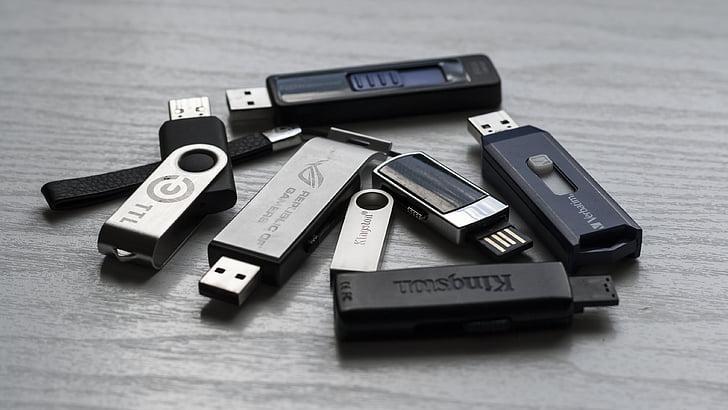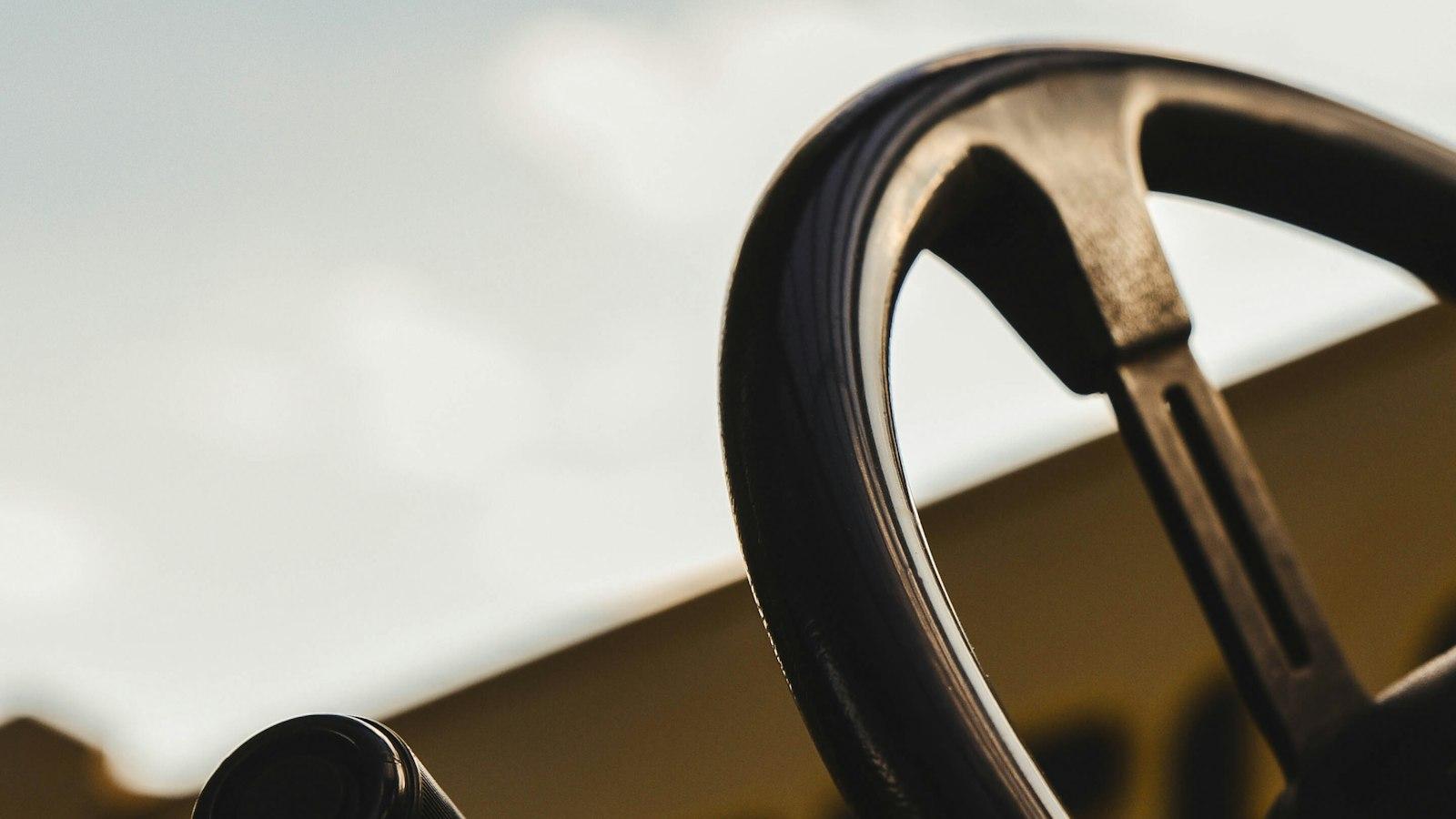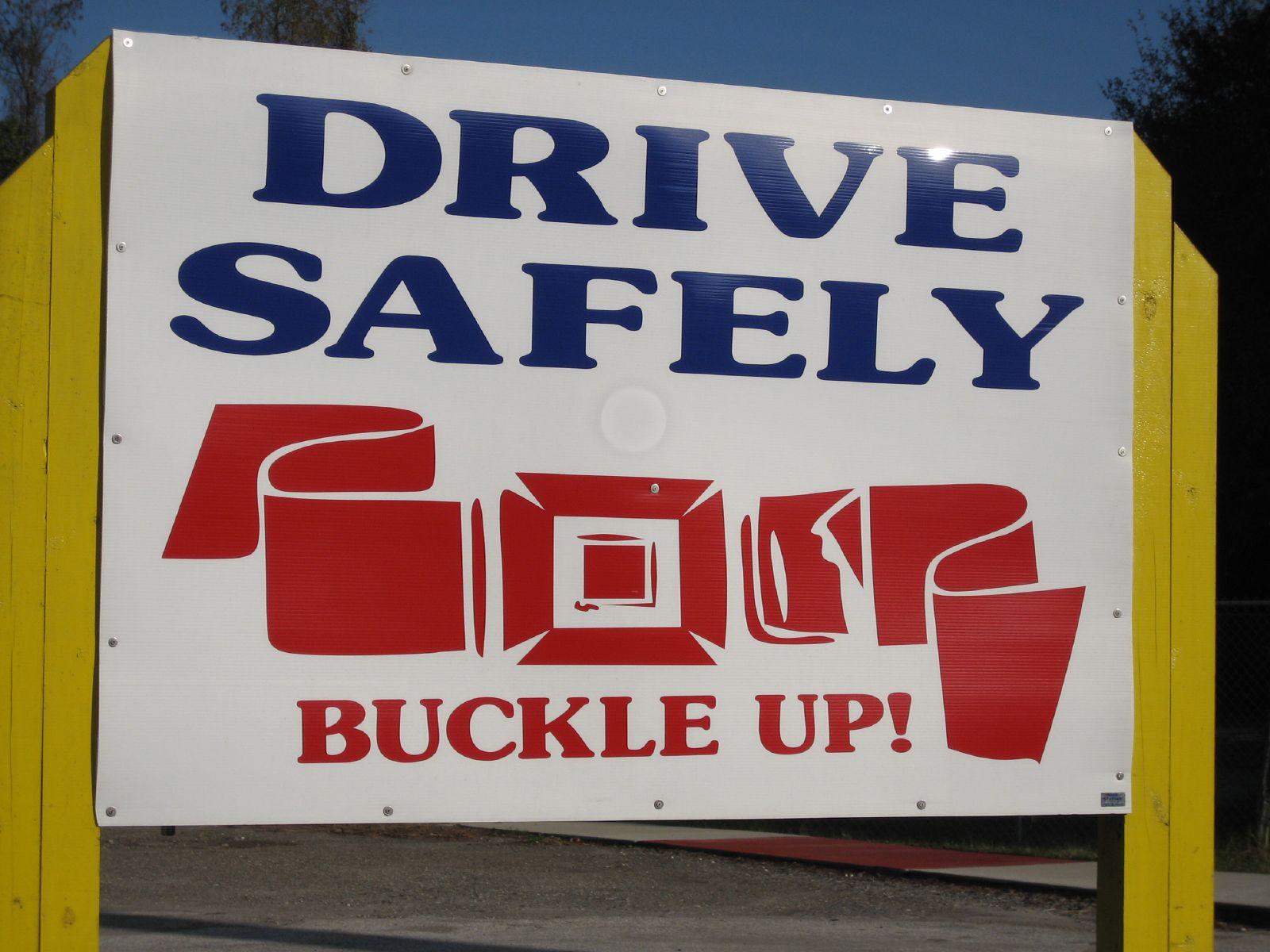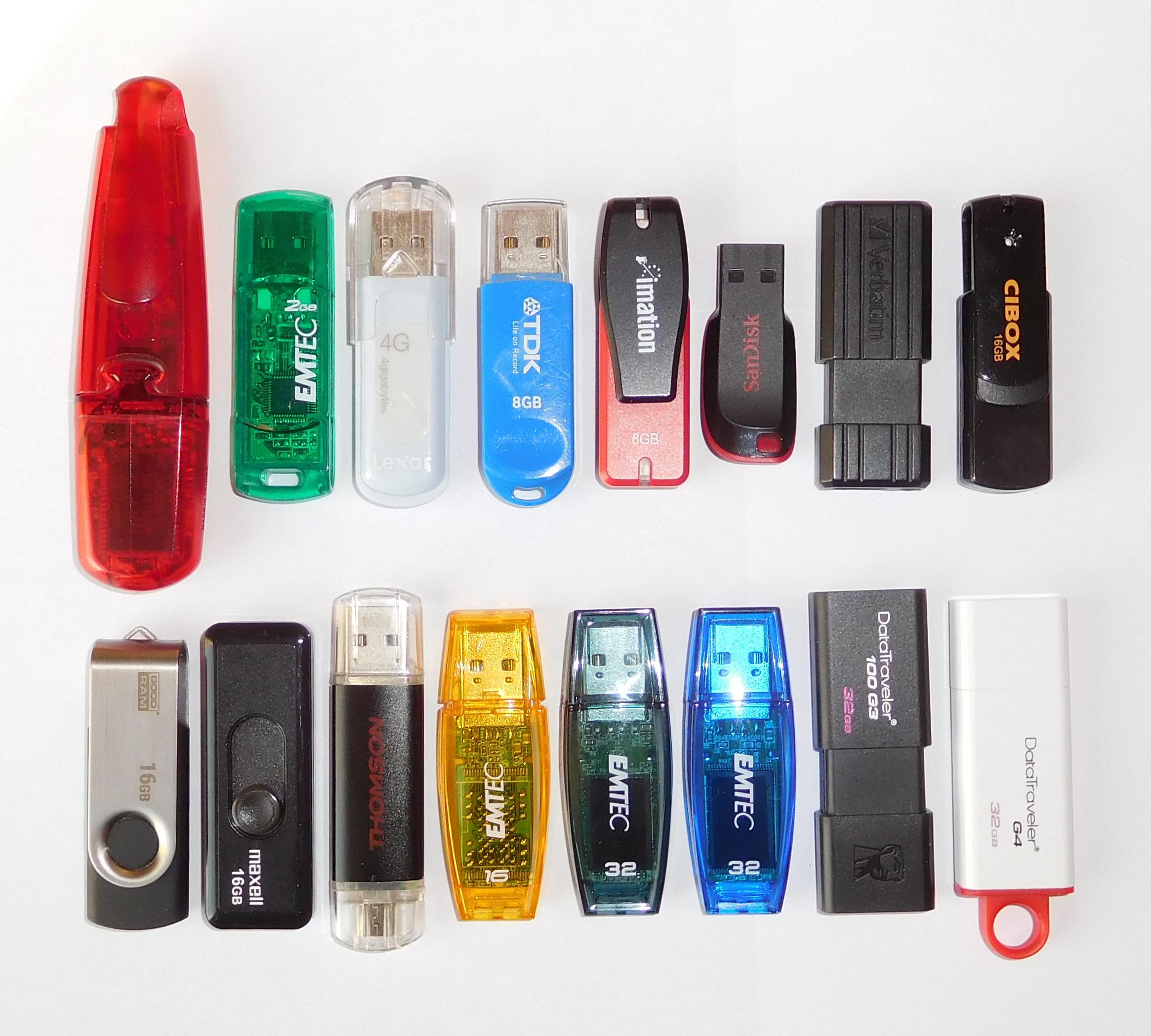
Title: Mastering the Art of Using a Jump Drive: A Comprehensive Guide
Introduction:
In today’s digital age, the ubiquitous jump drive, also known as a USB flash drive, has become an essential tool for storing and transferring data. Whether you’re a student, a professional, or a tech-savvy individual, understanding the basics of using a jump drive is paramount. With its compact size, generous storage capacity, and plug-and-play simplicity, this portable device has revolutionized our means of sharing files securely and conveniently.
However, for newcomers or those less familiar with jump drives, it’s natural to feel a bit overwhelmed by the technical jargon and seemingly complicated processes involved. Fear not! In this enlightening guide, we will break down the concepts and walk you through the step-by-step process of harnessing the full potential of a jump drive.
From exploring the different sizes and types available to understanding how to properly connect and eject the drive, we will cover it all. We will also delve into the intricate world of formatting, organizing files, and utilizing security features to ensure your data remains safe and accessible wherever you go.
With a neutral and informative tone, this article aims to provide readers with a solid foundation in jump drive usage, allowing individuals from all walks of life to capitalize on this indispensable technology. So, let’s embark on this knowledge journey together and unlock the hidden power of the jump drive!
Introduction to Jump Drives
Jump drives, also known as USB flash drives or thumb drives, have become an essential tool for transferring and storing digital data. With their compact size and plug-and-play functionality, these portable storage devices have made it incredibly convenient to transport files between computers. Whether you’re a student, professional, or simply someone who needs to transfer files on the go, learning how to use a jump drive is a valuable skill to have. In this post, we will guide you through the process step by step so you can make the most of your jump drive.
Check compatibility: Before using a jump drive, it’s important to ensure that it is compatible with your computer’s operating system. Most jump drives are supported by Windows, macOS, and Linux, but it’s always a good idea to double-check. Additionally, you’ll need a USB port on your computer to connect the jump drive.
Insert the jump drive: Locate the USB port on your computer and insert the jump drive. Take note that the USB connector has a specific orientation, so if it doesn’t fit, flip it over and try again. Once properly inserted, you should hear a sound and see a notification indicating that a new device has been detected.
Accessing the jump drive: To access the files stored on your jump drive, open your computer’s file explorer or finder. In the list of available drives, you should see your jump drive listed. Click on it to open the contents of the drive. You can now view, copy, paste, or delete files just like you would with any other file on your computer.
Safely remove the jump drive: It’s important to properly eject the jump drive before physically removing it from your computer. This ensures that any ongoing file operations are completed and reduces the risk of data corruption. To safely remove the jump drive, locate the “Safely Remove Hardware” or ”Eject” icon in your system tray or menu bar. Right-click on it and select the option corresponding to your jump drive. Wait for the notification confirming that it is safe to remove the drive, then gently pull it out of the USB port.
Tips for using a jump drive: To keep your jump drive organized and easy to navigate, consider creating folders to categorize your files. This will help you find and access your files more efficiently. Additionally, it’s a good practice to regularly back up the files on your jump drive to avoid losing important data. Finally, be mindful of viruses when using jump drives on different computers. Running a virus scan on your jump drive before transferring files can help protect your computer and the data stored on your jump drive.
By following these simple steps and tips, you can confidently use a jump drive to transfer and store your digital files. Whether you’re sharing documents, music, photos, or any other type of file, these portable devices offer a convenient and reliable solution. Embrace the power of jump drives and discover how they can simplify your digital life.

Understanding the Basics of a Jump Drive
Jump drives, also commonly known as USB flash drives or thumb drives, have become popular portable storage devices due to their compact size and enormous storage capacity. These drives have revolutionized the way we store, transfer, and share our data. In this post, we will provide a comprehensive guide on everything you need to know about .
1. What is a Jump Drive and How Does it Work?
A jump drive is a small, portable storage device that utilizes flash memory to store and retrieve data. It acts as a plug-and-play device that can be connected to any computer or device with a USB port. Once plugged in, the jump drive is recognized as an external storage device, allowing users to easily transfer files between computers.
2. Formatting a Jump Drive
Before you start using a jump drive, it is important to format it. Formatting erases any existing data on the drive and prepares it for use. To format a jump drive, simply connect it to your computer and open the file explorer. Right-click on the jump drive and select the “Format” option. Choose the desired file system (usually FAT32 for compatibility) and click “Start” to begin the formatting process.
3. Transferring Files to and from a Jump Drive
Using a jump drive to transfer files is incredibly simple. To transfer files from your computer to the jump drive, open the file explorer and locate the files you wish to transfer. Right-click on the files and select “Copy” or “Cut”. Then, navigate to the jump drive in the file explorer and right-click in an empty space within the drive. Select “Paste” to transfer the files.
To transfer files from the jump drive to your computer, follow a similar process. Open the jump drive in the file explorer, select the files you want to transfer by clicking on them, right-click and select “Copy” or “Cut”. Then, navigate to the desired location on your computer and right-click in an empty space. Select “Paste” to complete the transfer.
4. Safely Removing a Jump Drive
To prevent data loss or corruption, it is crucial to safely remove a jump drive from your computer. Simply pulling out the jump drive while it is still in use can lead to file errors. To safely remove a jump drive, locate the “Safely Remove Hardware” icon in the system tray (usually located near the clock) and click on it. A list of removable devices will appear, select the jump drive from the list and wait for the notification that it is safe to remove.
5. Protecting and Maintaining Your Jump Drive
To ensure the longevity and reliability of your jump drive, it is essential to take certain measures. Avoid exposing the drive to extreme temperatures, moisture, or physical shocks. Additionally, regularly scan your jump drive for viruses or malware to prevent data corruption. It is also a good practice to backup your important files stored on the jump drive to another storage device or the cloud.
In conclusion, is key to utilizing it efficiently. By familiarizing yourself with the concepts discussed in this post, you can confidently use a jump drive for file transfer and storage, while also taking necessary measures to protect the integrity of your data. So grab your jump drive and start experiencing the convenience it offers in managing your files and information.

Transferring and Backing Up Files with a Jump Drive
is an essential skill in today’s digital world. Whether you want to move files between devices or create a backup of your important documents, a jump drive (also known as a USB flash drive) is a convenient and portable solution. In this post, we will explore how to use a jump drive effectively and efficiently.
Formatting your jump drive: Before using your jump drive, it is crucial to format it correctly. Simply insert the jump drive into a USB port on your computer, and then navigate to “My Computer” or “This PC” if you’re using Windows. Right-click on the jump drive icon and select “Format”. Choose the desired file system (usually it’s FAT32), and click “Start” to complete the process. Formatting ensures compatibility and enables smooth file transfers.
Copying files to your jump drive: Once your jump drive is properly formatted, you can start transferring files. Firstly, locate the files you want to transfer on your computer. Select the files you wish to transfer by holding down the “Ctrl” key (or “Command” key on Mac) and clicking on each file. Then, right-click on one of the selected files and choose “Copy” from the menu. Open your jump drive’s folder by double-clicking on its icon. Right-click on an empty area and select “Paste” to initiate the file transfer.
Safely removing your jump drive: It is essential to safely remove your jump drive before physically unplugging it from your computer. Prematurely removing the drive can result in data corruption or loss. To safely remove your jump drive, ensure that all file transfer processes are complete. On Windows, locate the “Safely Remove Hardware” icon on the taskbar (usually located on the bottom right). Click on it and select your jump drive from the list. Once Windows notifies you that it’s safe to remove the hardware, you can safely unplug the jump drive.
Backing up files with your jump drive: Jump drives are ideal for creating backups of important files. In addition to copying files to your jump drive, you can also use backup software to automate the process. Many jump drives come with pre-installed backup utilities or offer free software downloads. These utilities allow you to schedule automatic backups or sync specific folders, ensuring that your important files are always up to date.
Tips for organizing files on your jump drive: To keep your files organized, consider creating folders on your jump drive. Right-click on an empty area in your jump drive’s folder, select “New”, and choose “Folder”. Give the folder a descriptive name and drag and drop files into it. You can create multiple folders to categorize your files, making it easier to find what you need later. Additionally, regularly review the files on your jump drive and delete any unnecessary or outdated files, as this will help free up space and keep your drive organized.

Tips for Safely Ejecting a Jump Drive
Jump drives, also known as USB flash drives, have become an essential tool for transferring files and data between devices. However, safely removing a jump drive is often overlooked, potentially leading to data corruption or device damage. Here are some tips to ensure you safely eject your jump drive.
Close all open files and programs: Before removing your jump drive, make sure all files and programs stored on the drive are closed. This helps prevent any data loss or corruption that may occur if a file is still being accessed when the drive is removed. Take a few moments to double-check that you are no longer using any files on the jump drive.
Look for the “Safely Remove Hardware” icon: In the system tray, located in the bottom right corner of your screen (on Windows), you’ll find a small icon that represents connected devices. Look for the icon that says “Safely Remove Hardware and Eject Media.” Right-click on this icon to view a list of removable devices, including your jump drive. Select the jump drive from the list.
Use the “Eject” option: Once you have selected your jump drive, a small window will appear with the option to ”Eject” the device. Click on this option to safely disconnect your jump drive from the computer. This action ensures that any file transfers or read/write processes are completed before removal, reducing the risk of data loss or damage to the drive itself.
Wait for the confirmation message: After clicking the “Eject” option, wait for a confirmation message stating that it’s safe to remove the jump drive. This message may appear in a pop-up window or directly in the system tray. It is essential to wait for this confirmation before physically removing the jump drive to avoid any potential issues.
Physically remove the jump drive with care: Once you’ve received the confirmation message, you can now safely remove the jump drive from the USB port. Pull it out gently and avoid any excessive force or sudden movements. Taking care when disconnecting the jump drive ensures that the contacts are not damaged, increasing its longevity and preventing future connectivity issues.
Remember, following these simple steps to safely eject your jump drive will help protect your data and ensure the proper functioning of both the drive and the device it’s connected to. By taking a few extra moments to properly eject your jump drive, you can avoid unnecessary frustration and potential loss of important files. Keep these tips in mind to make the most out of your USB flash drive experience.
Maximizing the Lifespan of Your Jump Drive
Jump drives, also known as USB flash drives, are convenient and portable storage devices that help us carry important files wherever we go. To ensure that your jump drive lasts for as long as possible, it’s important to follow a few simple guidelines and best practices. By taking these precautions, you can not only maximize the lifespan of your jump drive but also prevent data loss and avoid potential headaches in the future.
1. Safely Eject Your Jump Drive
When you’re finished using your jump drive, it’s crucial to properly eject it from your computer. Simply unplugging it may cause data corruption or physical damage to the device. To safely eject your jump drive, locate the “Safely Remove Hardware” icon in the system tray (usually found in the bottom right corner of your screen) and select your jump drive from the list. Wait for the confirmation message before physically removing the device.
2. Keep Your Jump Drive Clean and Dry
Dirt, dust, and moisture can harm the internal components of your jump drive. To protect it, keep your jump drive clean by gently wiping it with a soft, lint-free cloth. Avoid using water or harsh chemicals. Furthermore, always keep your jump drive in a dry environment, away from liquids and extreme temperatures. Moisture can corrode the connectors and compromise the functionality of the device.
3. Store Your Jump Drive Properly
Proper storage plays a significant role in prolonging the lifespan of your jump drive. When your device is not in use, store it in a protective case or pouch to shield it from potential physical damage. Additionally, avoid placing heavy objects on top of your jump drive to prevent bending, which can lead to internal damage and data loss.
4. Regularly Back up Your Data
To ensure the safety of your files, it’s essential to regularly back up the data on your jump drive. By creating additional copies of your important files and storing them in different locations, you can protect against accidental deletions, hardware failures, and other unforeseen events. Consider utilizing cloud storage services or external hard drives as reliable backup solutions.
5. Update and Scan for Viruses
Regularly updating your computer’s operating system and antivirus software can significantly reduce the risk of encountering viruses or malware that may harm your jump drive. Viruses can corrupt data, compromise the integrity of your files, and even render your jump drive unusable. Running periodic virus scans on your jump drive can help detect and remove any potentially harmful files that could jeopardize its lifespan.
Q&A
Q: What is a jump drive and what is it used for?
A: A jump drive, also known as a USB flash drive or thumb drive, is a small portable device that allows you to store and transfer data. It is commonly used for backing up files or transferring data between computers.
Q: How do I connect a jump drive to my computer?
A: To connect a jump drive to your computer, locate the USB port on your computer or laptop. Insert the jump drive into the USB port until it is securely connected. Most computers will automatically detect the jump drive and launch the necessary software.
Q: Can I use a jump drive on any computer?
A: Yes, one of the advantages of a jump drive is its compatibility with various devices. Jump drives can be used on both Windows and Mac computers, as well as on some Linux systems. However, older or limited devices may not support jump drives.
Q: How do I transfer files to and from the jump drive?
A: After connecting the jump drive to your computer, open the file explorer/finder and locate the jump drive icon. Simply drag and drop the files you wish to transfer onto the jump drive’s folder icon. To transfer files from the jump drive to your computer, follow the same process in reverse.
Q: How much data can a jump drive hold?
A: The storage capacity of a jump drive can vary widely, ranging from a few gigabytes (GB) to multiple terabytes (TB). When purchasing a jump drive, consider your storage needs and choose the capacity that suits you best.
Q: How do I safely remove the jump drive from my computer?
A: To ensure data integrity, it is important to properly remove the jump drive from your computer. On a Windows computer, click the “Safely Remove Hardware and Eject Media” icon located in the system tray, then select your jump drive from the list and click “Eject.” On a Mac, click and drag the jump drive icon to the trash can, which will change to an eject icon, then release the icon.
Q: Can I password-protect my jump drive?
A: Yes, many jump drives offer the option to encrypt and password-protect your files. Look for jump drives that come with built-in security software or consider using third-party encryption tools to keep your data secure.
Q: What are some other practical uses for a jump drive?
A: In addition to storing and transferring files, jump drives have several practical uses. They can be used to carry important documents, presentations, or media files during business trips or academic presentations. They can also serve as a portable operating system or diagnostic tool when running a computer in different locations.
Q: Can a jump drive get infected by viruses?
A: Yes, although jump drives are generally considered safer than other storage media, they can still be infected by viruses. Be cautious when using jump drives on unfamiliar or public computers, and ensure your computer has a reliable antivirus software. Regularly scanning the jump drive for viruses is also recommended.
Q: Is it possible to recover data from a malfunctioning jump drive?
A: In some cases, it is possible to recover data from a malfunctioning jump drive. You may try using data recovery software or contact a professional data recovery service for assistance. However, it is always advisable to have a backup of your important files to avoid data loss. In conclusion, utilizing a jump drive can greatly enhance your data management and transfer processes. By following the steps outlined in this article, you can confidently handle and utilize your jump drive effectively.
Remember to always consider the compatibility of your jump drive with your device and operating system before making any connections. Additionally, ensure that you properly eject the drive to avoid any potential data corruption or loss.
Understanding the various features and capabilities of your jump drive will allow you to harness its full potential. Whether it’s creating backups, transferring files between devices, or enhancing your storage capacity, this portable storage device offers convenience and flexibility for your digital needs.
So, the next time you need to transfer or backup your files, look no further than your trusty jump drive. With a little practice and familiarity, you’ll be navigating your way through the world of digital data effortlessly.
As technology continues to advance, jump drives remain an essential tool for both personal and professional use. With this knowledge, you can now confidently incorporate a jump drive into your everyday workflow, ensuring seamless data management and accessibility.
So go ahead, plug in that jump drive, explore its possibilities, and discover the ease and efficiency it brings to your digital life.






